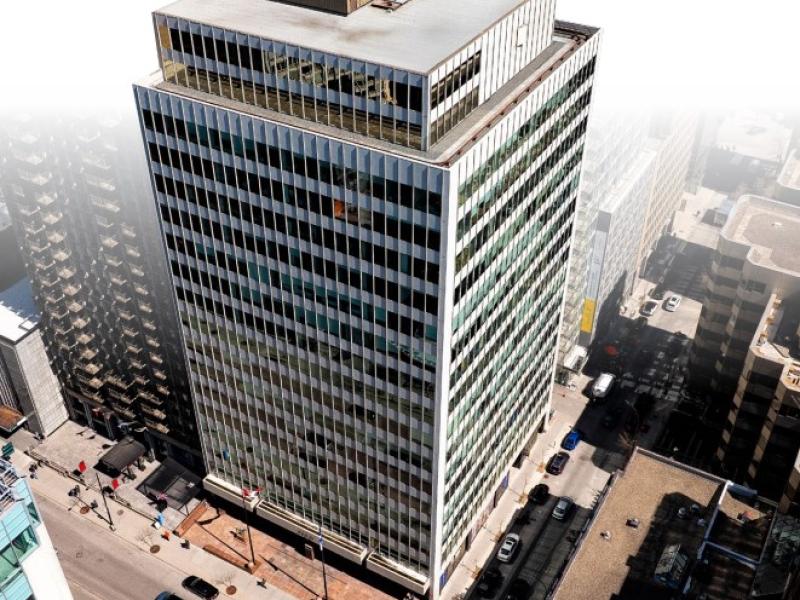For commercial property owners, the most popular types of mortgages available are term mortgages.
Terms can range in duration, from shorter terms (one to three years), to mid-range (five to seven years) and longer-term mortgages (10 years plus). Typically, the mid range and longer term provide a bit more stability and protection from market volatility and interest rate fluctuations. In an environment where no one really knows where interest rates are going, most owners of stable property generally look to lock their rates in now for as long as possible.
What if, however, a term loan is not available for an asset and the property is in need of some different type of financing?
There are many cases in which an owner has property that does not fit the traditional mode of term financing and a more creative method is required.
How does an owner know if a shorter term is required, or who to speak to regarding an outside-of-the-box solution? Well, as there are a number of situations requiring it, we can touch upon a few in order to see what a general guideline would entail. In most cases, a short-term mortgage is required for the following reasons:
* The property is vacant land and will be shovel ready within six months to a year;
* The property is being converted from its current use to a different, improved use;
* A property is being purchased and the closing date precipitates a shorter-term bridging option which allows the sale to close with the term or traditional financing to take place after the sale closes.
Lenders offer short-term options
In these situations, the lender has to be creative and will generally provide an option offering the borrower with good leverage and payments structured on interest only for a short time before the term financing takes place. The mortgage terms are open to prepayment, allowing the owner to reposition or complete the structure to the asset that is required, then look to move the financing into a more traditional term.
Take, for example, a situation where an owner has vacant land in the process of being redeveloped into a more useful asset which will generate income. In this case, the owner may be close to all zoning required by the municipality and may have demolition and building permits before 12 months are up.
They may look for shorter-term financing to pay for any last-minute work that may be required and use the land to do so. The lender can then provide financing, giving the owner some leverage and with the lender being compensated through the interest rate.
The owner can use the funds in the short term to finish their requirements that will allow development and keep the project moving. Once construction begins, the short-term loan can be paid out and then moved into a construction facility.
In another situation, an owner may decide to convert an under-utilized property to a better use.
Conversion loans
Similar to a construction loan, but what would be called a conversion loan, this conversion may not take longer than six months to complete. The more traditional construction loan may not be required.
Take, for example, the conversion of an old office building into an apartment or multi-family building. If current zoning by the municipality already allows this, the owner may not have as many requirements in order to commence the conversion. In this situation, the owner can borrow money for under 12 months at leverage the lender is comfortable with, with the lender being compensated on risk with the project through the interest rate.
At the end of the conversion project, the owner can pay out the debt quickly and without paying a penalty to break the mortgage and thereby move the debt into a more traditional term loan.
Finally, in many cases today a purchase-and-sale has an aggressive closing date. This is especially true in the multi-family market where the demand for product far exceeds the supply. In many cases, to simply win the deal the buyer has to agree to a closing date that occurs very, very quickly.
If they do so, then they either have to close using all-cash resources which may involve using all or a good portion of their acquisition facility tying up most of their equity into the purchase. Then they have to start working on the traditional financing for the project, either by applying to CMHC for term financing or placing conventional non-CMHC financing on the asset.
Bridge gap while buyer short on cash
Either way, the time required to place the term financing takes place after the sale date of the transaction and can leave the buyer short on cash in the meantime.
In this situation, the lender can look to place shorter term, leverage debt on the property and be compensated through the interest rate. This allows the transaction to close and provides the buyer with the flexibility to not use all their equity on the transaction to simply win the deal.
There are many other examples where this type of short-term financing would be useful, and a creative lender can come up with an option that provides flexibility for the owner or buyer of a property in order to make a deal work. Terms can vary but generally reflect the risk of the short-term financing and overall nature of the transaction.
If you’re unsure of your options, it’s always best to ask your lender for guidance.







